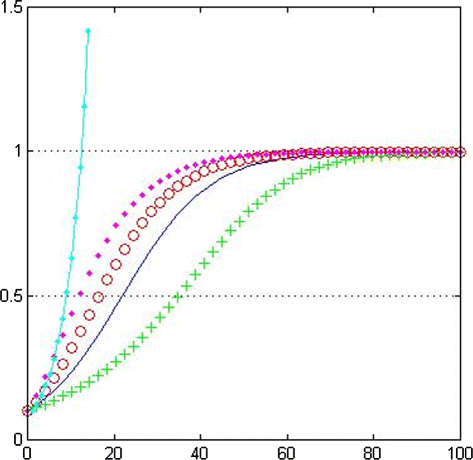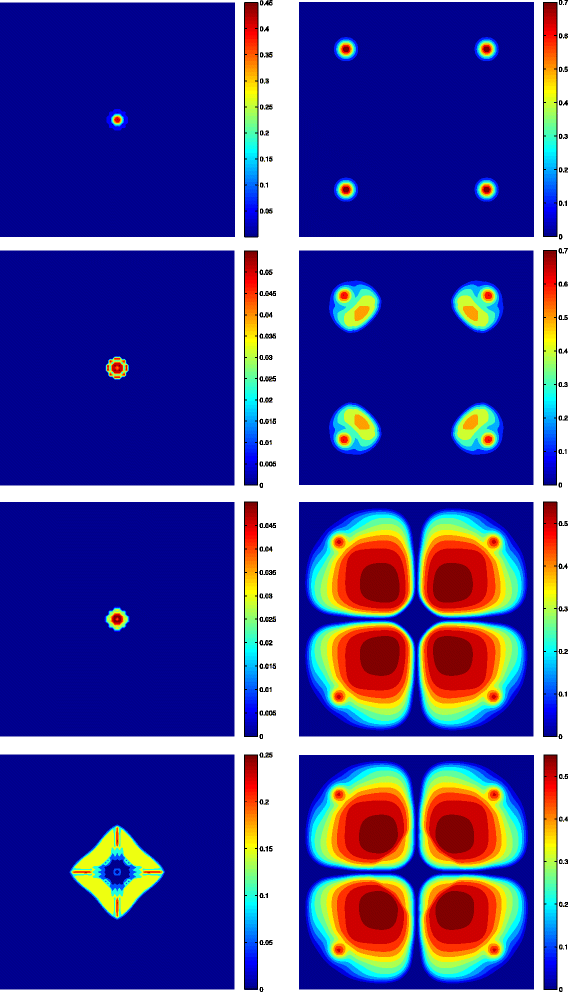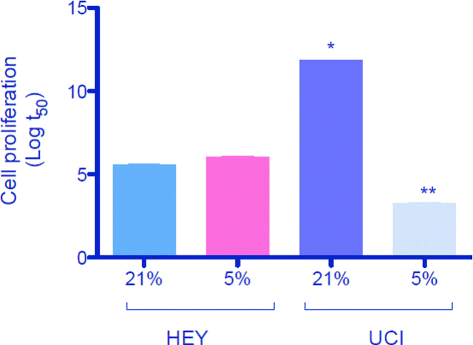Proposal of a hybrid approach for tumor progression and tumor-induced angiogenesis
- PMID: 26133367
- PMCID: PMC4509478
- DOI: 10.1186/s12976-015-0009-y
Proposal of a hybrid approach for tumor progression and tumor-induced angiogenesis
Abstract
One of the main challenges in cancer modelling is to improve the knowledge of tumor progression in areas related to tumor growth, tumor-induced angiogenesis and targeted therapies efficacy. For this purpose, incorporate the expertise from applied mathematicians, biologists and physicians is highly desirable. Despite the existence of a very wide range of models, involving many stages in cancer progression, few models have been proposed to take into account all relevant processes in tumor progression, in particular the effect of systemic treatments and angiogenesis. Composite biological experiments, both in vitro and in vivo, in addition with mathematical modelling can provide a better understanding of theses aspects. In this work we proposed that a rational experimental design associated with mathematical modelling could provide new insights into cancer progression. To accomplish this task, we reviewed mathematical models and cancer biology literature, describing in detail the basic principles of mathematical modelling. We also analyze how experimental data regarding tumor cells proliferation and angiogenesis in vitro may fit with mathematical modelling in order to reconstruct in vivo tumor evolution. Additionally, we explained the mathematical methodology in a comprehensible way in order to facilitate its future use by the scientific community.
Figures




References
-
- Organization WH. Cancer. http://www.who.int/cancer/en/ (2015), Accessed 23 Jun 2015.
Publication types
MeSH terms
LinkOut - more resources
Full Text Sources
Other Literature Sources

